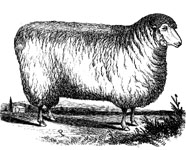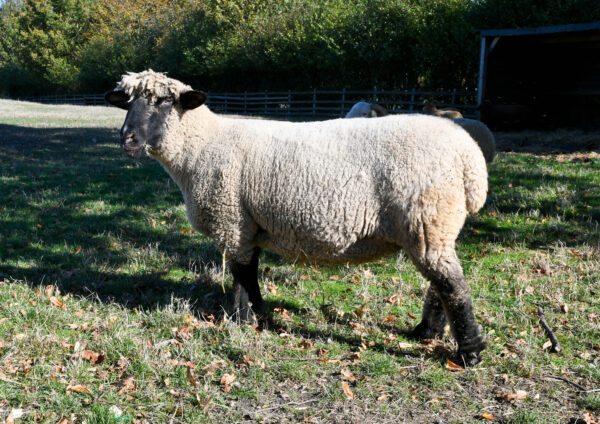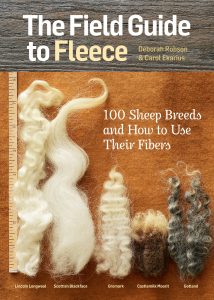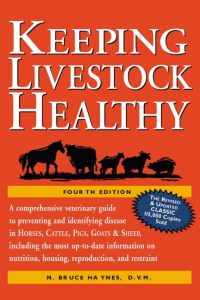
Breed Facts
Status:
Watch
Use:
Meat, Wool, Milk, Exhibition
Adult Weight:
Mature Ram: around 300 lbs. Mature Ewe: around 200 lbs.
Temperament:
Docile, Quiet
Experience Level:
Novice – Intermediate
Notes:
Large meat sheep; used as terminal sire; polled, can be shorn two times a year
OXFORD SHEEP
Oxford sheep are named after their home region of Oxfordshire, England. They were developed in the 1830s by crossing Hampshire sheep from the county to the east with Cotswold sheep from the west. The resulting sheep combined the hardiness, muscling, and wool quality of the Cotswold with the carcass quality and grazing ability of the Hampshire. The breed was standardized during the 1850s, and by the 1860s was known by the name Oxford.
The Oxford is the largest of the English “down” breeds, developed for the lush pastures on the hills, or downs, of southern England. Other down breeds include the Hampshire, Shropshire, and Southdown. Oxfords were selected to produce meat and wool from abundant feed, and as a result, they don’t prosper on regimens of sparse feed and marginal management. They are nonetheless rugged and tolerate harsh climates.
Oxford sheep were imported into North America in the late 1840s, with importations continuing into the 1900s. The Oxford Down Record Association was founded in 1882 in Xenia, Ohio.
The breed enjoyed its greatest success in eastern Canada, the Great Lakes region, and the Cornbelt, where Oxford rams were widely used on commercial ewes to improve the growth rate and carcass quality of lambs.
Oxfords are large and white-wooled, with rams weighing about 300 lbs. and ewes 200 lbs. They have a strong, sturdy frame with heavy muscling. They are a polled breed. They are clean of wool on their faces, necks, and legs from the knee down. While “down” breeds typically have black faces, the Oxford is more variable in color on its face and legs, which may be one of several shades of brown or gray. Oxfords produce 8-12 lbs. of resilient, medium-grade white wool that has a staple length of three to five inches. They can be shorn twice a year if enough wool is left on them in the fall so they can grow a protective coat for the cold weather.
Ewes produce single or twin lambs and show good maternal ability. Lambs have uneven coloring when they are born; it turns white as they mature.
Oxford sheep are quiet, docile, and easy to manage. They can make good pets and they are also a popular breed for showing. They are alert and intelligent and can be herded with dogs. They are good grazers and can help maintain the pastures. They are primarily used for wool and meat, but their milk has been used to produce gourmet cheeses. They are a good option for Novice to Intermediate farmers.
Oxfords have historically been one of the most important terminal sire breeds, used as the final cross onto commercial ewes to produce fast-growing market lambs. The breed enjoys modest popularity in other parts of the world, especially in Britain, where, after being rare for some time, it is once again increasing in numbers. The Oxford remains rare in the US having been supplanted by the Suffolk. This situation is difficult to explain, as research has shown time and again that the Oxford excels as the sire of market lambs and the breed’s overall profitability may be second to none.
Did you know:
The Livestock Conservancy is America’s leading organization working to save over 190 heritage breeds from extinction. We rely on the support of our members, grants, and donations from the public to raise the $1 million needed each year to maintain our conservation work with rare breeds of farm animals. Click here to learn how you can help.
You may be interested in…

Breed Facts
Status:
Watch
Use:
Meat
Adult Weight:
200 – 300 lbs
Temperament:
Docile
Experience Level:
Novice – Intermediate
Notes:
Large meat sheep, sire breed
You may be interested in…




